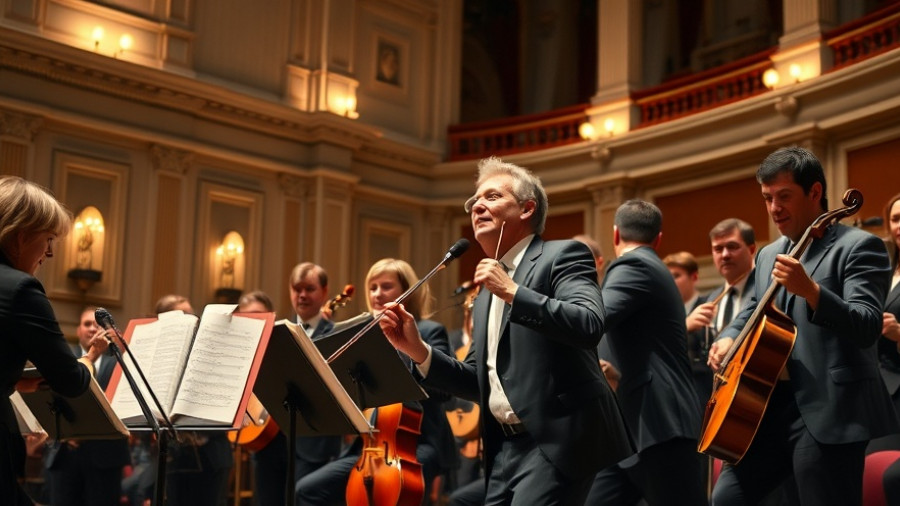
Echoes of a Legacy: Celebrating the Coolidge Auditorium
The Coolidge Auditorium at the Library of Congress is like a hidden gem, celebrating a remarkable century of music while often flying under the radar. Opened on October 28, 1925, amidst the jazz age and literary revolution of its time, this intimate space has played host to an eclectic mix of musical virtuosos ranging from classical legends like Béla Bartók and Igor Stravinsky to contemporary stars like Stevie Wonder and Audra McDonald.
A Visionary at the Helm: Elizabeth Sprague Coolidge
The driving force behind this exquisite venue, Elizabeth Sprague Coolidge, was a philanthropist with a deep passion for music. Born in Chicago in 1864, Coolidge faced societal limitations that kept her from pursuing a public performance career. Instead, she became a patron of the arts, establishing her first significant contributions to the Library of Congress in the early 1920s. Her unwavering commitment culminated in a pivotal $60,000 check that kickstarted the auditorium's construction. As described by Anne McLean, a current concert producer at the Library, Coolidge was not just instrumental in funding, but a pioneer in advocating for chamber music's accessibility to all.
The Auditorium's Unique Features: Engineering Sound
The auditorium itself is a masterpiece of acoustics, built with specific features designed to enhance the listening experience. The slightly concave back wall and hollow space beneath the stage are just a few elements that contribute to its exceptional sound quality. According to McLean, 'The sound blossoms in the hall,' making it a favorite among artists and audiences alike. This thoughtful engineering ensures each performance resonates uniquely within its warm confines, allowing for a connection that is both personal and powerful.
Where Innovation Meets Tradition: A Home for New Works
The Coolidge Auditorium has served as the birthplace for many compositions—from Aaron Copland’s iconic "Appalachian Spring" to innovative works by contemporary composers. The auditorium's capacity for hosting new musical explorations reflects Coolidge's vision for a space where both performing artists and audiences could engage with fresh, significant works of art. "My plea for modern music is not that we should like it, but that we should exhibit it as a significant human document," Coolidge once said, emphasizing the auditorium's role in preserving and promoting evolving musical discourse.
Looking Ahead: What’s Next for the Coolidge Auditorium?
As we commemorate 100 years of the Coolidge Auditorium, future events promise to continue its legacy of innovation and accessibility. Despite facing recent challenges, like the government shutdown that forced temporary closure, the auditorium remains a hallmark of cultural life in Washington, D.C. Plans for concerts, festivals, and perhaps new commissions that push the boundaries of musical expression are already underway. As McLean points out, this centennial is not just about looking backward, but reshaping the future of music for generations to come. Are you ready to experience something beautiful?
With a blend of rich history and an eye toward the future, the Coolidge Auditorium is set to remain central in nurturing the arts. Its past is filled with incredible performances, and its future will be no less vibrant. Celebrate the legacy—and the experiences yet to come—by participating in future events at this treasured cultural oasis.
 Add Row
Add Row  Add
Add 




Write A Comment